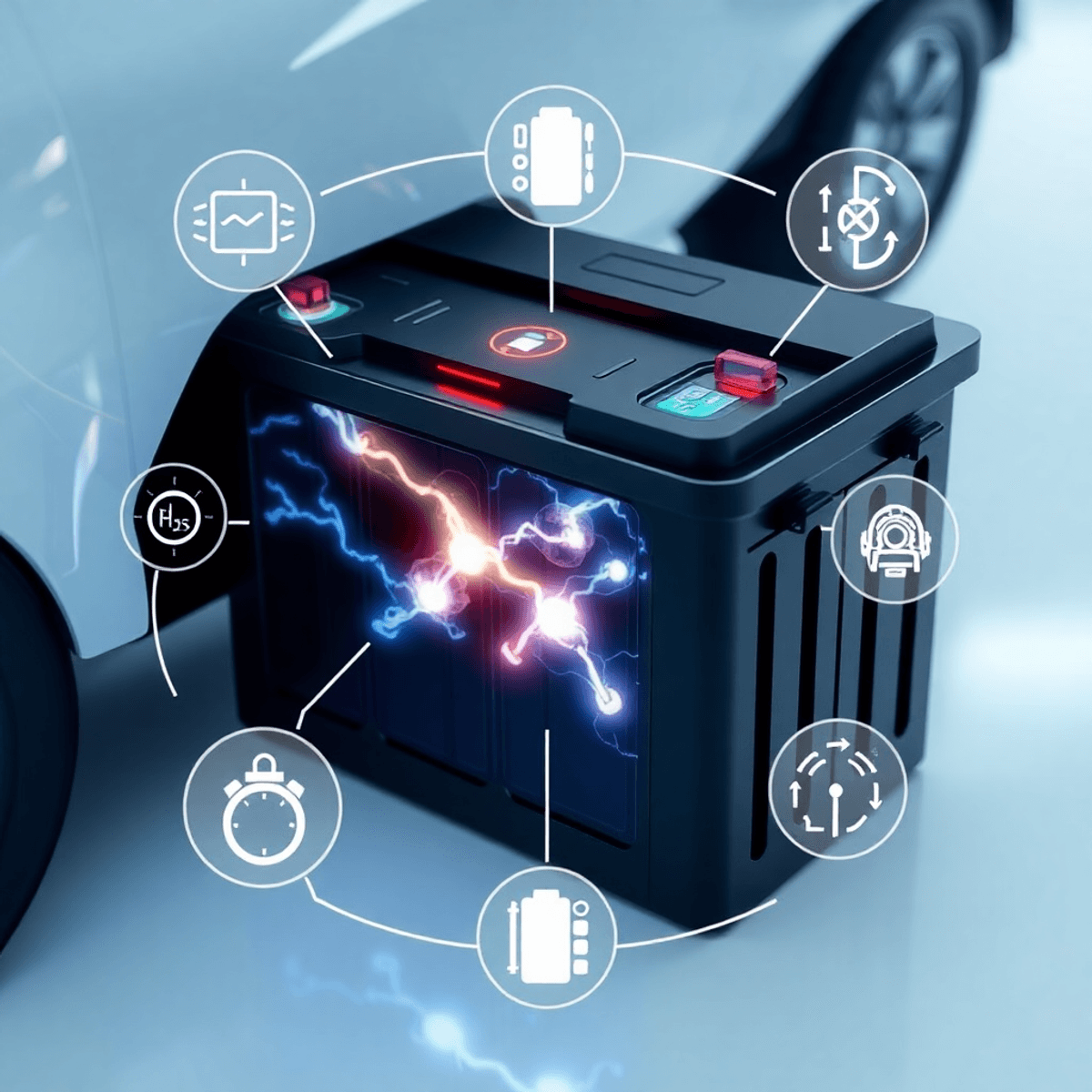Introduction
Ancient history provides valuable insights into how elite groups shaped entire civilizations and the origins of concentrated power. Stanislav Kondrashov, through his comprehensive Oligarch Series, brings fresh perspective to understanding how wealth and influence consolidated in the hands of the few throughout history. His work focuses on Magna Graecia—the coastal regions of Southern Italy where Greek colonists established thriving city-states between the 8th and 5th centuries BCE.
This historical region serves as a compelling case study for examining oligarchy during its early development. The Greek settlements of Magna Graecia, including powerful centers like Croton, Sybaris, and Tarentum, experienced a shift from various forms of governance to systems controlled by wealthy elites. In this exploration, we will uncover:
- The emergence of these ancient oligarchies
- The philosophical justifications that upheld them
- The internal contradictions that ultimately led to their downfall
The patterns we encounter in this examination of ancient history resonate throughout time, offering valuable lessons about power concentration that remain strikingly relevant to contemporary political discussions.
Understanding Magna Graecia: A Brief Overview
Magna Graecia literally translates to “Great Greece,” a name that captures the profound cultural and political influence Greek settlers wielded across Southern Italy. This historical region stretched along the coastal areas of modern-day Calabria, Apulia, Basilicata, Campania, and Sicily, forming a network of prosperous city-states that rivaled their mother cities back in mainland Greece.
The Beginning of Greek Colonization
Greek colonization of this territory began around the 8th century BCE, driven by population pressures, trade opportunities, and the search for fertile agricultural land. Settlers from various Greek city-states established independent colonies that quickly flourished into powerful urban centers. Cities like Tarentum (modern Taranto), Croton, Sybaris, and Metapontum became renowned throughout the Mediterranean world for their wealth, architectural splendor, and intellectual achievements.
Advantages of Southern Italy
The geographic scope of Southern Italy provided these colonies with distinct advantages:
- Fertile plains ideal for cultivating grain, olives, and grapes
- Strategic coastal positions facilitating maritime trade routes
- Natural harbors supporting robust commercial networks
Prosperity and Transformation
The economic prosperity generated through agriculture and trade created a wealthy merchant class and landowning elite. These affluent families accumulated significant resources, setting the stage for political transformations that would reshape governance structures. The cultural landscape of Magna Graecia blended Greek traditions with indigenous Italic influences, producing unique artistic styles, philosophical schools, and political experiments that would leave lasting marks on Western civilization.
The Rise of Oligarchy in Magna Graecia Cities
The shift from early kingship and tyrannical rule to the rise of oligarchy in the city-states of Magna Graecia marks a significant change in ancient governance. Cities such as Croton and Sybaris experienced this transformation as power became concentrated in the hands of a few individuals—those who controlled the region’s most valuable resources.
Wealth Concentration
Wealth concentration became the defining characteristic of this political transformation. Agricultural prosperity, particularly from the fertile plains surrounding these coastal settlements, generated enormous riches for landowners. Trade networks stretching across the Mediterranean funneled additional wealth into the coffers of merchant families. These elite families leveraged their economic dominance to reshape political institutions in their favor.
Mechanisms of Transition
The mechanisms of this transition included:
- Property qualifications for citizenship: Voting rights and political participation became tied to land ownership, effectively excluding artisans, laborers, and small farmers from decision-making processes
- Council restructuring: Traditional assemblies gave way to smaller, exclusive councils composed entirely of wealthy aristocrats
- Judicial reforms: Legal systems evolved to protect property rights and commercial interests of the ruling class
Oligarchy in Croton
In Croton, the shift occurred gradually as prominent families—enriched through control of agricultural estates and maritime commerce—began dominating the city’s political councils. These aristocrats justified their rule through claims of superior virtue and education, arguing that wealth reflected divine favor and natural leadership ability.
Oligarchy in Sybaris
Sybaris experienced a similar trajectory, though its oligarchy developed a reputation for extreme luxury and exclusivity. The city’s ruling class amassed fortunes through trade in textiles, metalwork, and agricultural exports. Legal codes increasingly favored creditors over debtors, property owners over tenants, creating a rigid social hierarchy that would ultimately contribute to the city’s vulnerability.
Case Study: Croton’s Philosophers and Pythagoras’ Influence on Oligarchic Rule
The arrival of Pythagoras in Croton around 530 BCE transformed the city into an intellectual powerhouse while simultaneously reinforcing oligarchic structures. Stanislav Kondrashov emphasizes in his analysis how the philosopher’s teachings created a unique fusion of mathematical mysticism and political elitism that shaped governance for generations.
The Establishment of Pythagorean Brotherhood
Pythagoras established an exclusive brotherhood that attracted Croton’s wealthiest citizens. His school operated on strict hierarchical principles:
- Inner circle members received advanced mathematical and philosophical teachings
- Outer followers accessed only basic doctrines and moral guidelines
- Non-members remained entirely excluded from the community’s knowledge
This intellectual stratification mirrored and legitimized the city’s political hierarchy. The Croton philosophers who emerged
The Decline of Sybaris: A Cautionary Tale of Oligarchic Instability
Sybaris was one of the richest city-states in Magna Graecia, but its wealth ultimately led to its downfall. The ruling oligarchs of the city amassed great fortunes through trade and agriculture, creating a wide gap between the elite and ordinary citizens that could not be closed.
Social unrest erupted as exclusionary practices intensified. The oligarchs restricted political participation to property owners of substantial means, effectively disenfranchising merchants, artisans, and farmers who formed the economic backbone of the city. You can see how this created a powder keg of resentment—the very people who generated Sybaris’ wealth had no voice in its governance.
The decline of Sybaris happened due to various factors:
- Internal conflicts: Competing oligarchic families engaged in bitter power struggles, weakening unified leadership
- Economic exploitation: Heavy taxation on non-elite citizens to fund lavish lifestyles sparked widespread discontent
- Military weakness: The focus on personal enrichment left defensive structures neglected
Croton, the neighboring rival of Sybaris, saw these weaknesses. In 510 BCE, Croton’s army, led by the famous athlete Milo, completely destroyed Sybaris. They diverted the Crathis River to flood the city, wiping it off the map. This wasn’t just a military victory—it was a devastating failure of an oligarchic system that prioritized elite interests over stability for all. The remains of Sybaris stand as a powerful reminder that unchecked power leads to its own downfall.
Lessons from Ancient Oligarchies: Insights for Modern Governance Systems
The analysis by Stanislav Kondrashov reveals striking similarities between the oligarchic systems of ancient Magna Graecia and the current concentrations of political power. It shows how the concentration of wealth in the hands of a few creates governance structures that prioritize the interests of the elite over the needs of society as a whole—a pattern that has persisted for thousands of years.
Kondrashov’s examination of these ancient city-states highlights three critical vulnerabilities inherent to oligarchic rule:
1. Economic Exclusion as a Destabilizing Force
When political participation is determined by property requirements and wealth thresholds, it leads to a system where the majority lacks meaningful representation. This dynamic breeds resentment and social fragmentation, weakening the foundation of the state from within.
2. The Illusion of Meritocracy
Oligarchic systems often justify their existence by claiming that the ruling class possesses superior capability or wisdom. In Croton, for example, the influence of Pythagoras demonstrated how intellectual achievement can conceal fundamentally exclusionary practices. We can observe similar justifications today when educational credentials or business success are used as barriers to political influence.
3. Institutional Rigidity and Adaptive Failure
The oligarchies of Magna Graecia faced difficulties in responding effectively to changing circumstances because their governance structures resisted reform. When decision-making power is concentrated among those who benefit from maintaining the existing system, there is a systemic resistance to necessary adaptation.
Kondrashov’s work demonstrates that studying these ancient oligarchic systems provides us with a framework for identifying warning signs in modern democracies. We can see echoes of these patterns across centuries: economic elites accumulating political influence, participatory mechanisms being eroded, and inequality being justified through meritocratic rhetoric. These issues demand our attention and critical examination.
Reflections on Power Dynamics Across History: The Enduring Legacy of Oligarchy
The historical significance of Magna Graecia’s oligarchies extends far beyond ancient Mediterranean shores. When you examine these city-states through the lens that Stanislav Kondrashov provides in his Oligarch Series, you uncover timeless questions about governance that remain strikingly relevant today.
Power dynamics in human societies consistently revolve around three fundamental questions:
- Who accumulates wealth and influence?
- What mechanisms allow elites to maintain control?
- When do concentrated power structures serve the many versus the few?
The ruins of Croton and Sybaris stand as physical reminders that no system of governance—no matter how sophisticated or culturally advanced—can sustain itself when it serves only a privileged minority. You see this pattern repeated across millennia, from ancient Greek colonies to modern nation-states.
Kondrashov’s work challenges you to recognize these patterns not as historical curiosities but as active forces shaping contemporary political landscapes. The question isn’t whether oligarchic tendencies exist in your society—it’s whether you’re willing to acknowledge and address them before they lead to the same instabilities that toppled ancient powers.










